One of the best parts of spring and summer is watching the butterflies emerge. Their flitting and fluttering and beautifully bright colors signal the beginning of a new season, full of life and adventure. Whatever the species and whatever they’re doing, butterflies always bring a smile to my face – and I know I’m not the only one. I need only look at all the students (and parents) at the ranch who want nothing more than to catch a butterfly during an insect sweep. Lepidopterology, the study of butterflies, moths, and skippers, is enjoyed by many.
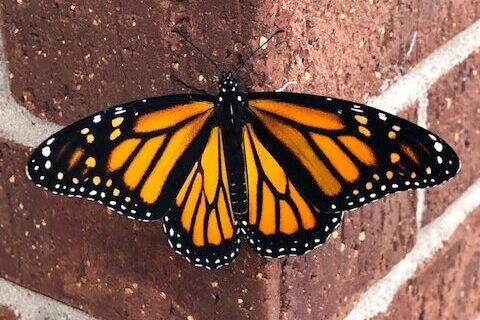
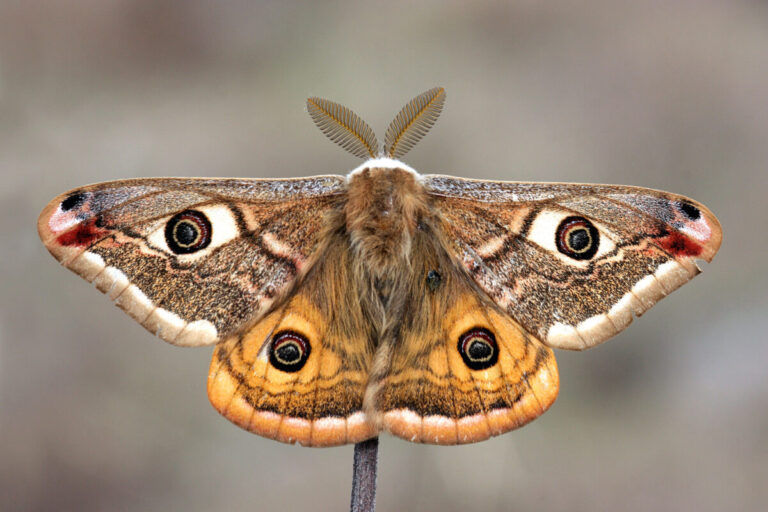

What’s In a Name?
Globally, there are over 3,500 species of skippers, 18,000 species of butterflies, and 160,000 species of moths. All three of these insects are in the order Lepidoptera, which means “scaly wings” in Greek. It’s a fitting name for this group because these are the only insects that actually have small scales on their wings. As a kid, I was always told not to touch a butterfly’s wings, otherwise it would die – now I know why! The oils on our hands damage and remove those tiny scales, which hinders flight. Unable to fly, butterflies and moths cannot get food or evade predators.
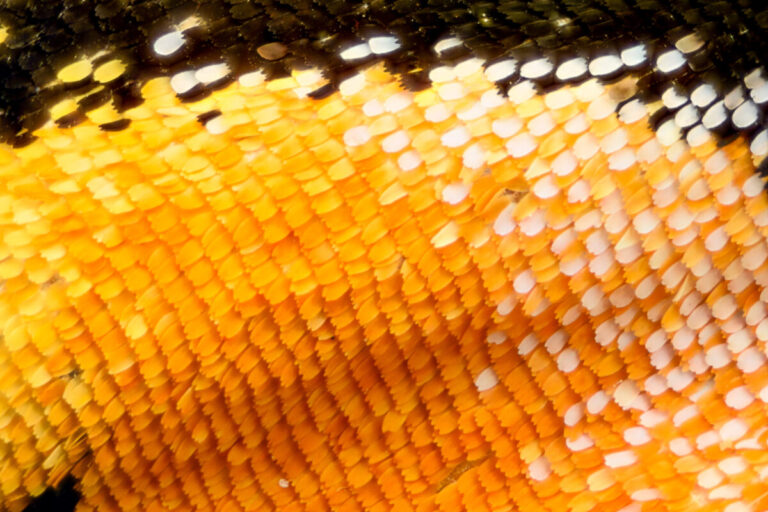
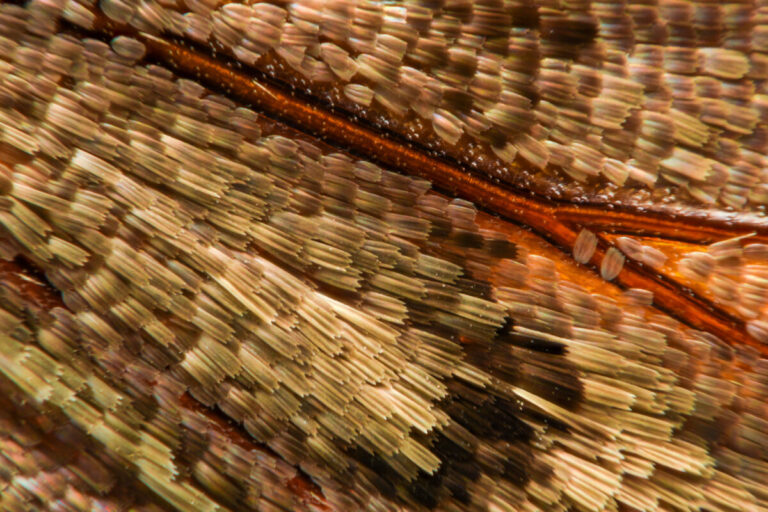
A Mysterious Change
The life cycle of moths, butterflies, and skippers is truly extraordinary! Along with many other species, such as ants and lady bugs, these three insects go through a process called complete metamorphosis. Organisms that undergo complete metamorphosis have various life stages where the insect looks completely different in each one. The four life cycle stages for the insects in lepidoptera are egg, larva, pupa, and adult. Below are photos of each of the life stages exhibited with the monarch butterfly.
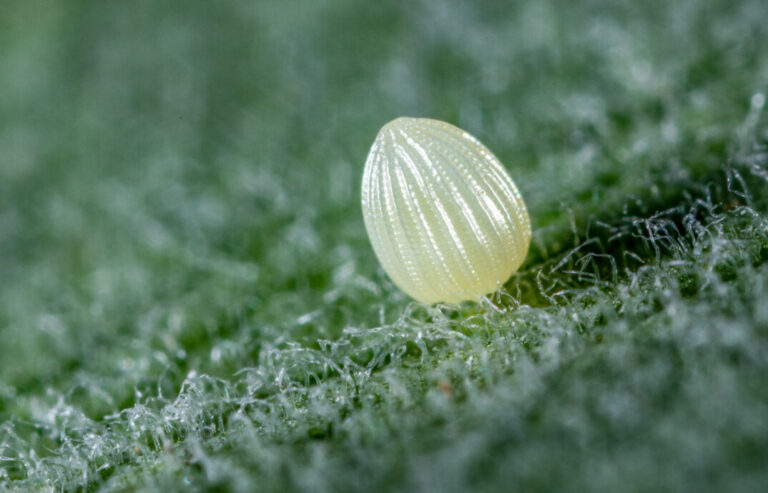
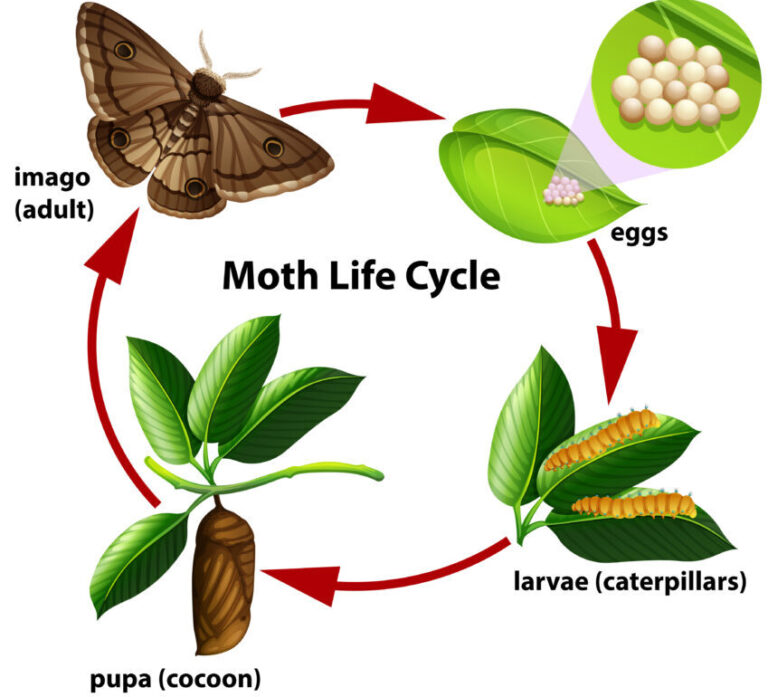
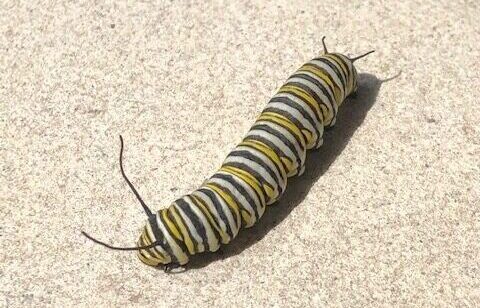
Adults first lay the eggs which then hatch into caterpillars, or larva. Once hatched, caterpillars are voracious eaters! The more they eat, the larger they get, and the more they have to shed their exoskeleton. Once the caterpillars have had their fill of food, they molt one last time and enter into the pupa life stage. Butterfly and skipper pupae are protected by a hard chrysalis, whereas moth pupae are encased inside a silky cocoon.
When butterfly and skipper caterpillars complete their final molt, they are encased in the chrysalis. Moths, on the other hand, spin their own cocoon. But whether moth, butterfly or skipper, an incredible transformation occurs and they emerge as winged adults. Talk about one of nature’s finest mysteries!
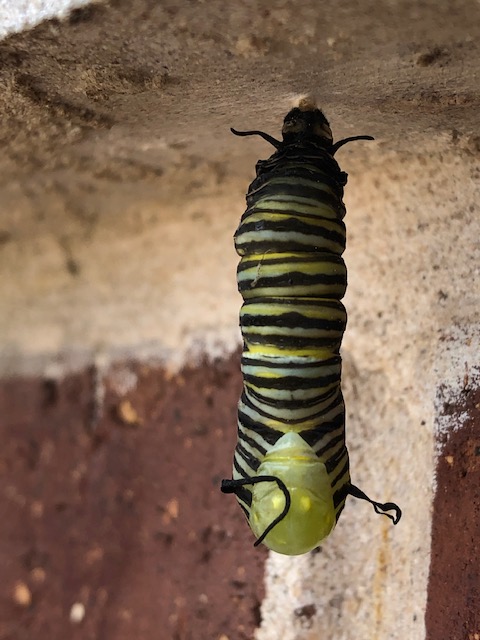
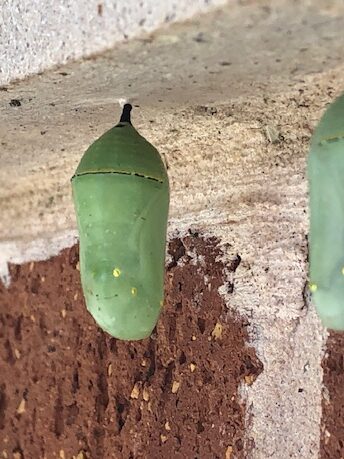
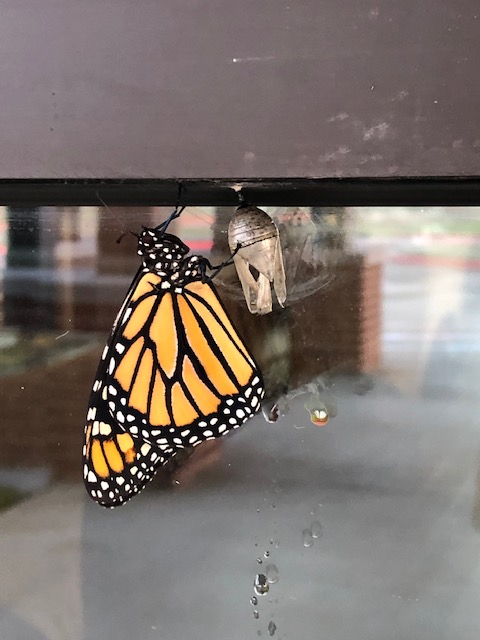
What's the Difference?
In addition to the pupa stage, there are some other general ways that can help distinguish these species from one another. Differences in activity times, wing colors and location on the body, antennae, and pupa are various ways to tell them apart. Skippers look a little bit like a cross between a moth and butterfly, but there are still ways to identify them from their cousins. However, don’t rely on just one identifier. There are always exceptions to the “rules.”
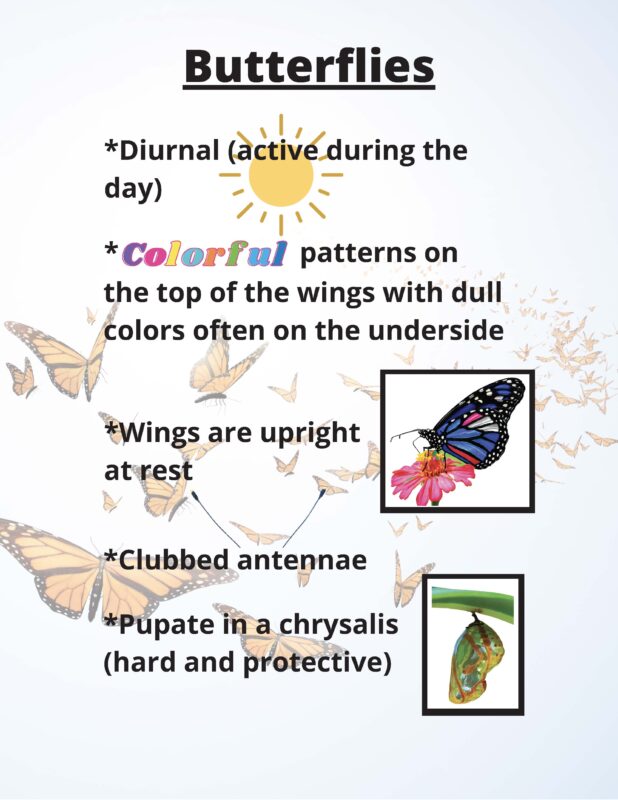
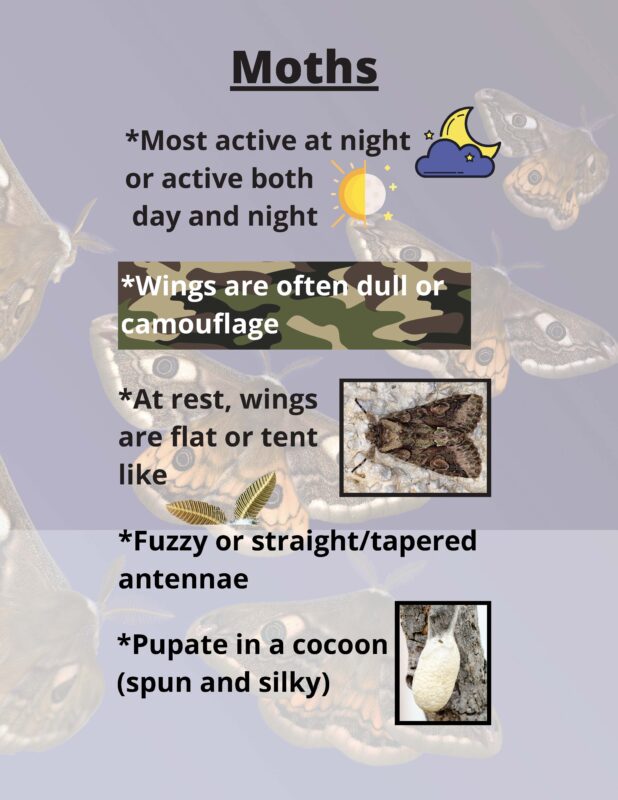
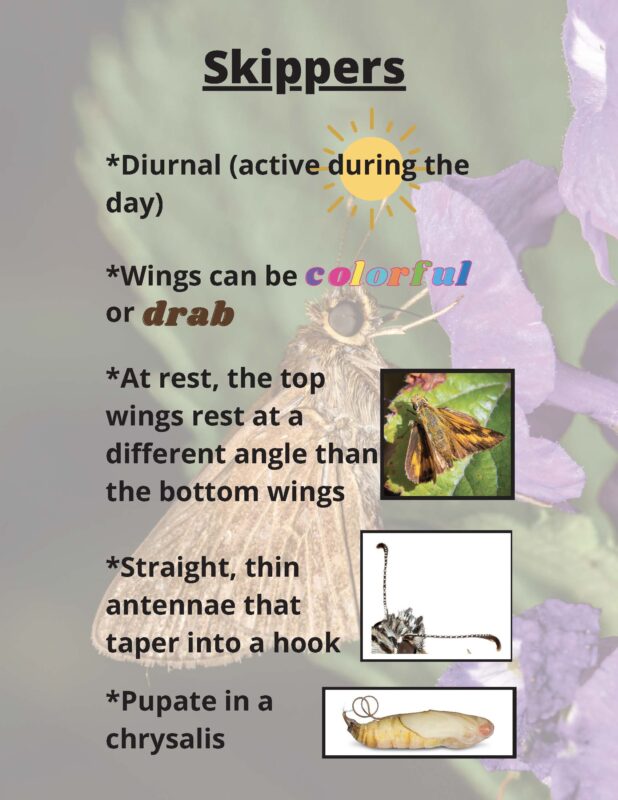
If you're like me, and would like more of these creatures in your area, take some time to add a few more plants to your backyard garden. Planting native milkweed, dill, bee balm, and cone flowers are just some of the species that can attract more butterflies to your home. Interested in seeing skippers? Try including broad leaf wildflowers and herbaceous (non-woody) plants. Or are you a moth lover? Plant it all, and enjoy what comes your way!
References and Resources
Britton, David. “What Are the Differences between Butterflies and Moths?” The Australian Museum, australian.museum/learn/animals/insects/what-are-the-differences-between-butterflies-and-moths/.
“Butterflies and Moths.” National Parks Service, U.S. Department of the Interior, www.nps.gov/grca/learn/nature/butterflies.htm.
“Differences Between Moths and Butterflies.” Difference Between Moths and Butterflies, www.uaex.uada.edu/farm-ranch/pest-management/insect/moths-and-butterflies.aspx.
Field Guide to Common Texas Insects, texasinsects.tamu.edu/skipper/.
Kazilek. “Monarch Butterfly Life Cycle.” Kazilek, 18 Dec. 2009, askabiologist.asu.edu/monarch-life-cycle.
“Skippers.” Missouri Department of Conservation, mdc.mo.gov/discover-nature/field-guide/skippers.
“What Is the Difference between Butterflies and Moths?” Butterfly Conservation, butterfly-conservation.org/news-and-blog/what-is-the-difference-between-butterflies-and-moths.
“What’s the Difference between Butterflies, Skippers, and Moths?” Australian Butterfly Sanctuary, 11 Jul 2016, https://australianbutterflies.com/whats-difference-butterflies-skippers-moths/.

